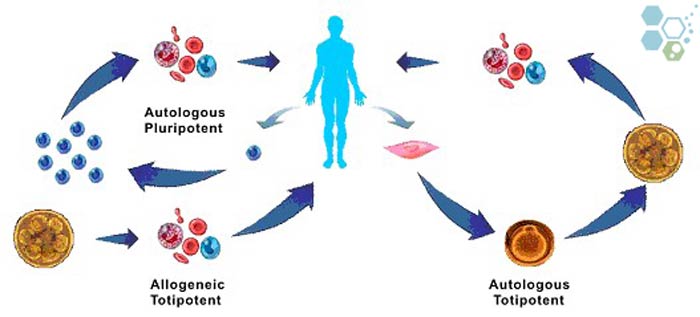Autologous stem cells such as Adipose tissue derived stem cells are the opposite of allogenic stem cells, as only one patient stands as both donor and receiver.

Autologous Stem Cell Therapy
The stem cells will be harvested from the patient’s body, most common location of which is the bone marrow, and will be transplanted back to the patient for treatment of a variety of conditions including: shoulder injuries, Acute coronary syndrome,diastolic heart failure, als fasciculations and anoxic brain injuries.
ADIPOSE TISSUE and FAT CELLS
Autologous stem cell transplantation (ASCT) is a procedure in which a patient’s own stem cells are harvested, stored, and then returned to the patient after they’ve undergone a high dose of chemotherapy and/or radiation. This procedure is often used to treat certain types of cancers, especially hematological malignancies such as lymphoma and multiple myeloma.
Autologous Stem Cell Transplantation Procedure:
- Stem Cell Mobilization: Before harvesting, stem cells are “mobilized” from the bone marrow into the bloodstream. This is often achieved by administering growth factors like granulocyte-colony stimulating factor (G-CSF).
- Harvesting (Apheresis): Once the stem cells have been mobilized, they are collected from the bloodstream using a machine in a process called apheresis.
- Cryopreservation: The harvested stem cells are then frozen and stored in liquid nitrogen until they are needed for transplantation.
- Conditioning Regimen: Before transplanting the stem cells, the patient undergoes a conditioning regimen, which involves high doses of chemotherapy and/or radiation. This helps to eliminate cancer cells and makes space in the bone marrow for the transplanted stem cells to grow.
- Transplantation: The stored stem cells are thawed and infused back into the patient’s bloodstream. They migrate to the bone marrow and start to produce new blood cells.
Recovery after treatment:
- Bone Marrow Engraftment: This is the period post-transplant when the stem cells settle in the bone marrow and begin to grow and produce new blood cells. It can take 10-20 days or more for the transplanted stem cells to engraft and start producing enough white blood cells, red blood cells, and platelets.
- Monitoring: The patient’s blood counts are closely monitored. Initially, they will be low due to the conditioning regimen, but they should start to rise as the new stem cells engraft.
- Infection Risk: Because the immune system is compromised during the initial post-transplant period, there’s a heightened risk of infections. Patients are often given antibiotics as a preventive measure.
- Supportive Care: Blood or platelet transfusions might be needed until the transplanted stem cells produce sufficient quantities. Growth factors might also be given to stimulate blood cell production.
- Hospital Stay: The patient typically stays in the hospital for several weeks after the transplant, but this can vary based on individual circumstances and the specific protocol of the transplantation center.
- Long-term Monitoring: After discharge, patients continue to be monitored for complications, and to ensure that the transplant is successful. They’ll have regular check-ups and may need medications to manage symptoms or prevent complications.
- Full Recovery: It can take several months to a year or more for patients to fully recover from an autologous stem cell transplant. During this time, they may experience fatigue, increased susceptibility to infections, and other side effects related to the conditioning regimen or the underlying disease.
Autologous stem cell transplantation,NK cells and muse cells have the advantage of using the patient’s own cells, which reduces the risk of graft-versus-host disease (GVHD), a potential complication of allogeneic transplants where donor cells attack the recipient’s tissues. However, ASCT is still a major medical procedure with possible risks and complications, and decisions regarding its use should be made in close consultation with a medical oncologist or hematologist.

